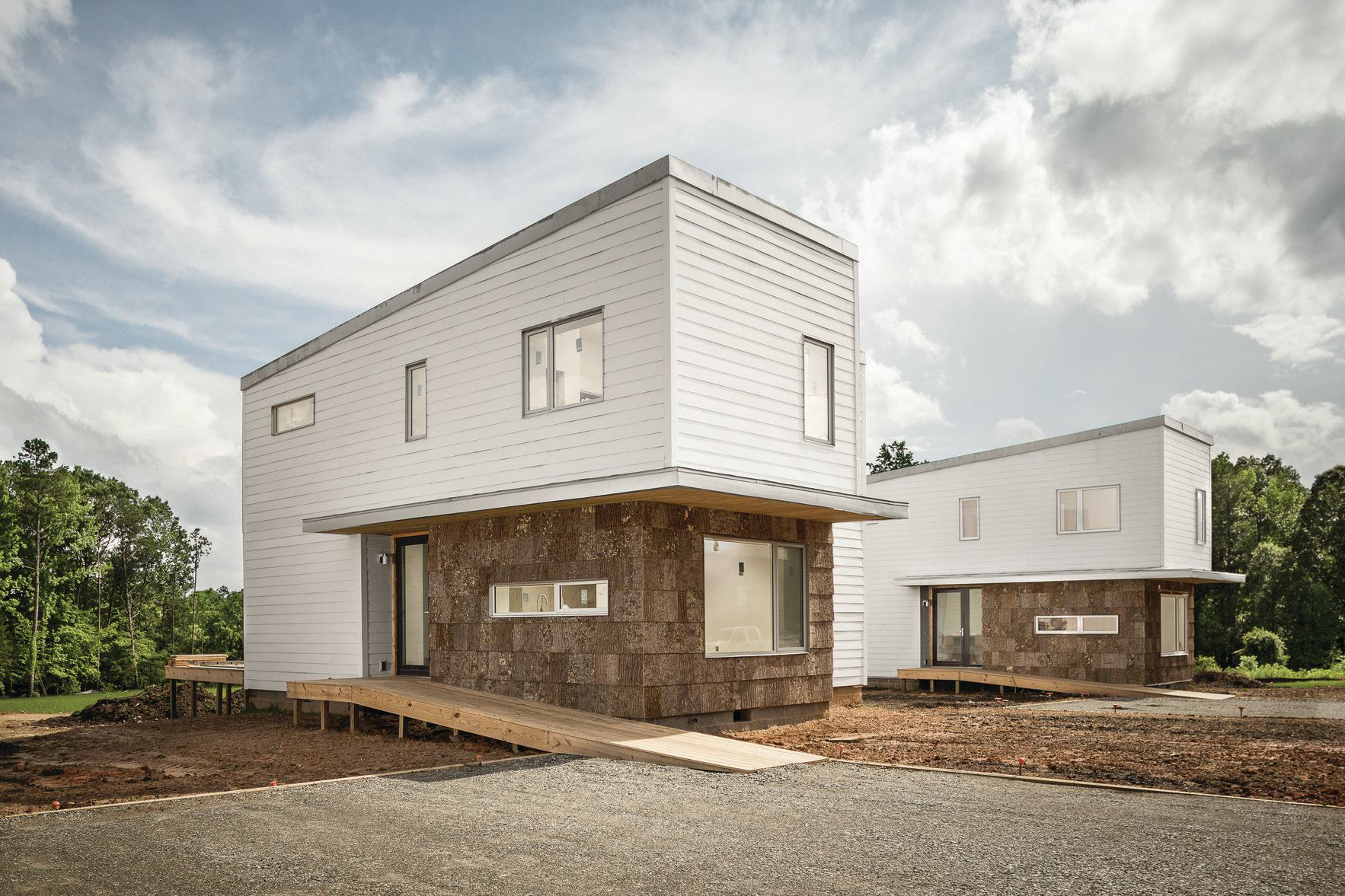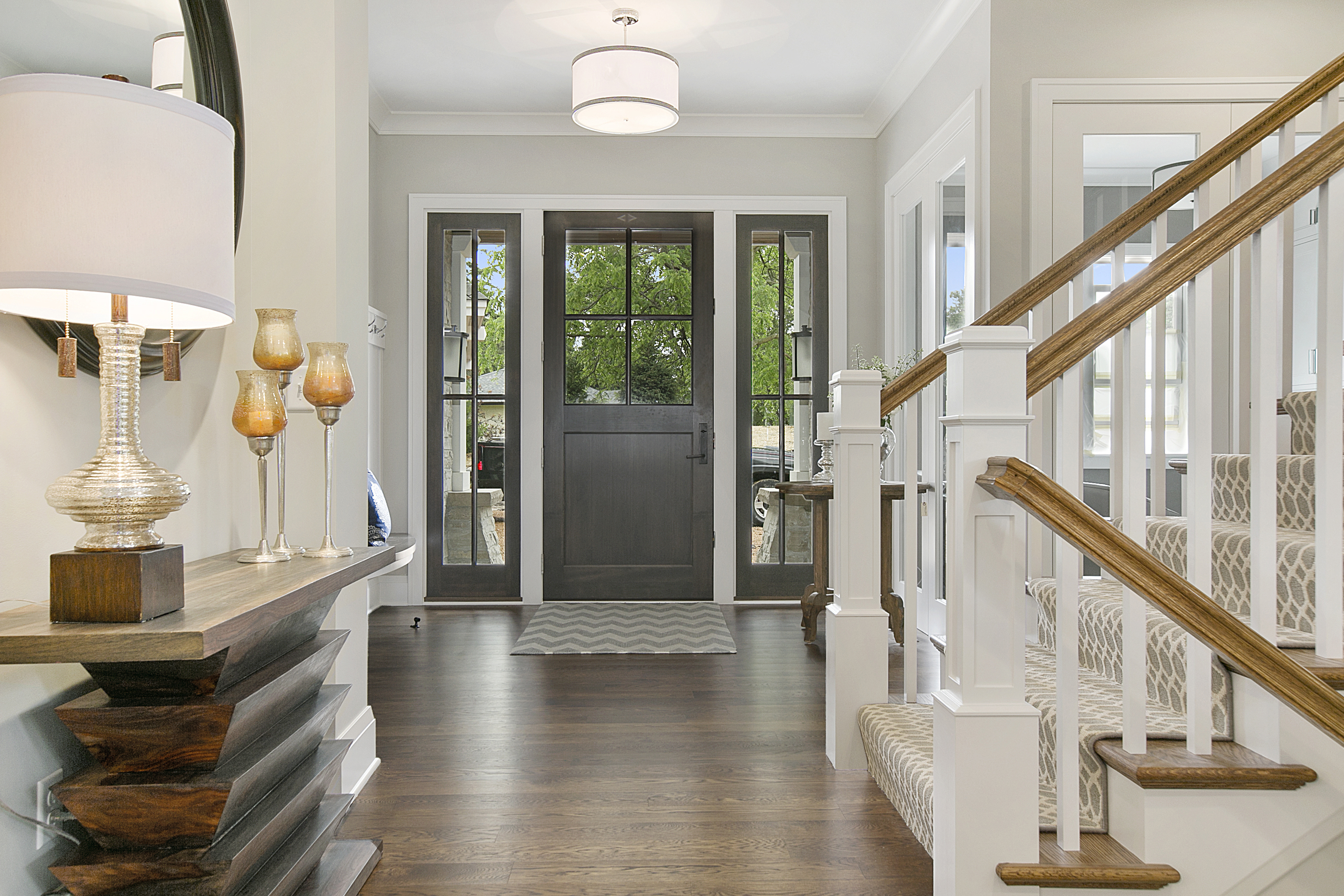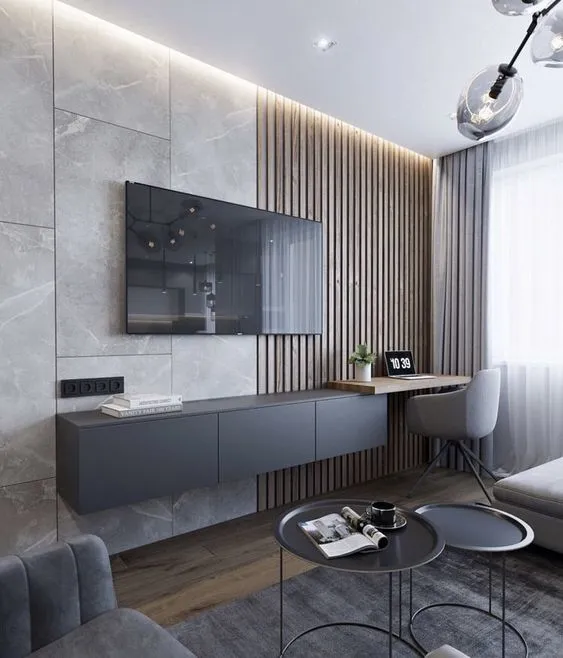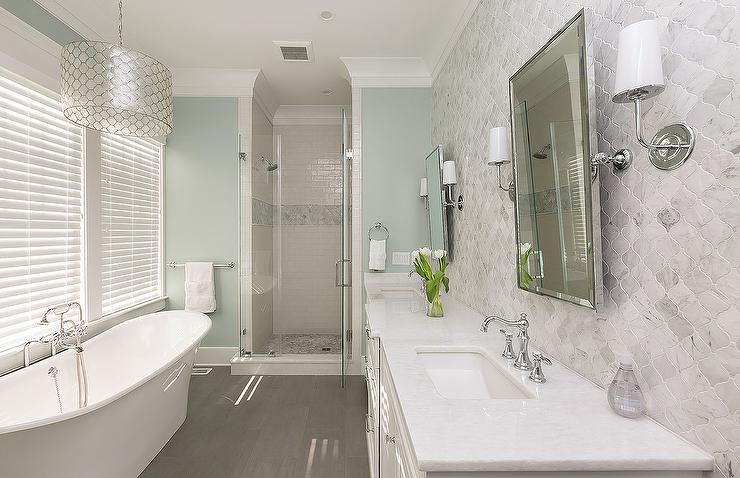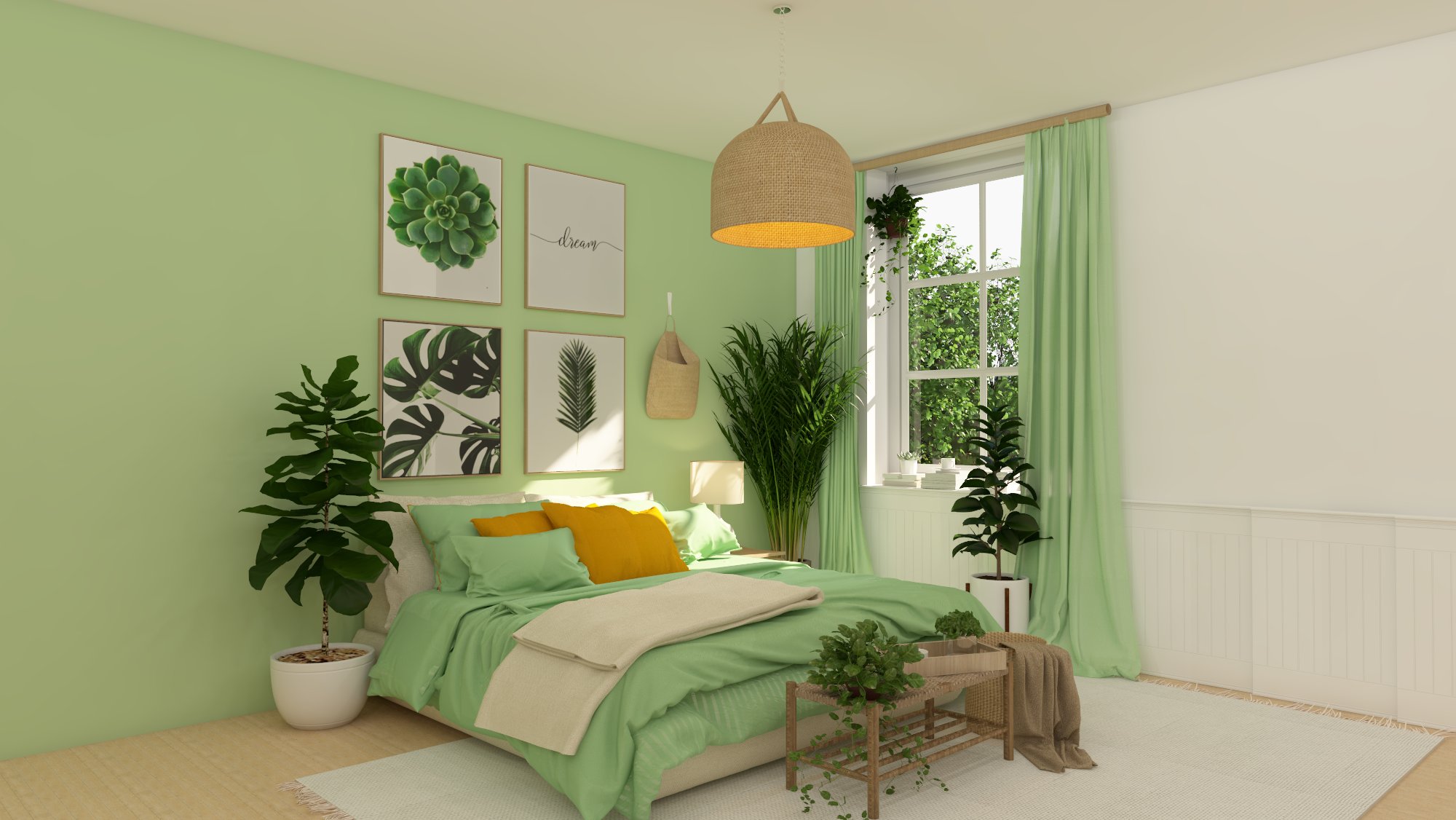The Impact of Technology on Home Design: Smart Homes
Technology has revolutionized various aspects of our lives, and home design is no exception. The emergence of smart homes has transformed the way we interact with our living spaces, making them more convenient, efficient, and secure. This article explores the impact of technology on home design, focusing specifically on the concept of smart homes. We will delve into the benefits, challenges, and future prospects of integrating technology into our living spaces.
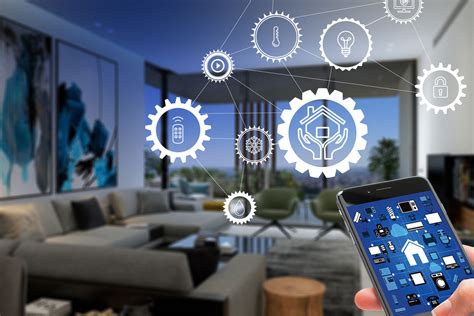
The Rise of Smart Homes
In recent years, smart homes have gained significant popularity among homeowners. A smart home refers to a residence equipped with devices and systems that can be controlled remotely or automated to enhance comfort, convenience, and energy efficiency. These homes utilize a combination of internet-connected devices, sensors, and artificial intelligence to create an interconnected ecosystem.
The Internet of Things (IoT)
The foundation of smart homes lies in the Internet of Things (IoT), which refers to the network of physical devices embedded with sensors, software, and connectivity to exchange data. IoT enables various devices and systems within a smart home to communicate and interact with each other, creating a seamless user experience. For example, homeowners can control their lighting, heating, and security systems through a smartphone app or voice commands.
Smart Home Devices
Smart homes are equipped with a wide range of devices that enhance functionality and convenience. These devices include smart thermostats, lighting systems, security cameras, door locks, entertainment systems, and kitchen appliances. These devices can be controlled remotely, programmed to perform specific tasks, and even learn from user behavior to optimize their performance.
The Benefits of Smart Homes
The integration of technology into home design brings numerous benefits to homeowners. Let’s explore some of the key advantages of smart homes:
- Convenience: Smart homes offer unparalleled convenience by allowing homeowners to control various aspects of their living spaces with ease. Whether it’s adjusting the temperature, turning on the lights, or locking the doors, all can be done remotely through a smartphone or voice commands.
- Energy Efficiency: Smart homes are designed to optimize energy consumption. For example, smart thermostats can learn the homeowners’ preferences and adjust the temperature accordingly, resulting in energy savings. Additionally, lighting systems can be programmed to turn off when no one is in the room, reducing unnecessary energy usage.
- Enhanced Security: Smart homes provide advanced security features, such as surveillance cameras, motion sensors, and smart door locks. Homeowners can monitor their homes in real-time and receive instant alerts in case of any suspicious activity. This enhances the overall safety and peace of mind.
- Improved Accessibility: Smart homes can greatly benefit individuals with disabilities or limited mobility. With voice-controlled devices and automated systems, tasks that were once challenging become more accessible and manageable.
Challenges and Concerns
While smart homes offer numerous advantages, there are also challenges and concerns associated with their implementation:
- Cost: The initial cost of setting up a smart home can be relatively high. The installation of smart devices, sensors, and connectivity infrastructure requires a significant investment. However, it is important to consider the long-term cost savings and benefits that smart homes provide.
- Privacy and Security: With the increased connectivity and data exchange in smart homes, privacy and security become major concerns. Homeowners need to ensure that their smart devices and systems are protected from cyber threats and that their personal data is secure.
- Compatibility and Integration: Integrating different smart devices and systems from various manufacturers can be challenging. Compatibility issues may arise, requiring homeowners to invest in additional equipment or seek professional assistance.
- Complexity: The complexity of smart home systems can be overwhelming for some homeowners. Understanding and managing the various features and settings may require a learning curve. However, as technology advances, user-friendly interfaces and simplified setups are becoming more prevalent.
The Future of Smart Homes
The future of smart homes looks promising, with continuous advancements in technology and increased adoption. Here are some trends and developments to look out for:
- Artificial Intelligence (AI) Integration: AI-powered virtual assistants, such as Amazon Alexa and Google Assistant, are becoming more sophisticated and capable of understanding and responding to human commands. AI integration will further enhance the automation and intelligence of smart homes.
- Energy Management: Smart homes will continue to focus on energy efficiency and sustainability. Advanced energy management systems will enable homeowners to monitor and optimize their energy consumption, reducing their carbon footprint.
- Health and Wellness: Smart homes will increasingly incorporate technologies that promote health and wellness. For example, sensors can monitor air quality and adjust ventilation systems accordingly, while smart beds can track sleep patterns and provide personalized recommendations for better sleep.
- Smart Cities Integration: The concept of smart homes will extend beyond individual residences to entire smart cities. Integration with city infrastructure, such as transportation systems and public services, will create a more connected and efficient urban living experience.
Conclusion
The impact of technology on home design, particularly through the emergence of smart homes, has revolutionized the way we interact with our living spaces. Smart homes offer unparalleled convenience, energy efficiency, security, and accessibility. While there are challenges and concerns associated with their implementation, continuous advancements in technology and increased adoption will shape the future of smart homes. As we move forward, it is crucial to strike a balance between embracing the benefits of technology and addressing the associated challenges to create homes that truly enhance our quality of life.
What is a smart home?
A smart home refers to a residence equipped with devices and systems that can be controlled remotely or automated to enhance comfort, convenience, and energy efficiency.
What is the Internet of Things (IoT)?
The Internet of Things (IoT) is the network of physical devices embedded with sensors, software, and connectivity to exchange data. It enables devices and systems within a smart home to communicate and interact with each other.
What are the benefits of smart homes?
Smart homes offer convenience, energy efficiency, enhanced security, and improved accessibility. They allow homeowners to control various aspects of their living spaces remotely and optimize energy consumption.
What are the challenges of implementing smart homes?
The challenges of implementing smart homes include the initial cost, privacy and security concerns, compatibility and integration issues, and the complexity of managing the systems.
What does the future hold for smart homes?
The future of smart homes involves AI integration, advanced energy management, health and wellness technologies, and integration with smart cities.
